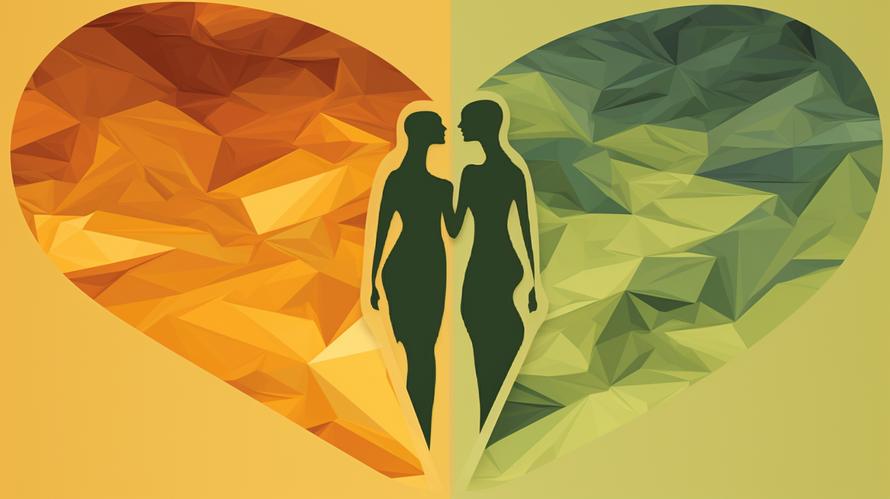In the moon-kissed deserts of ancient Egypt, a marauding terror struck the mightiest of pharaohs and the meekest of peasants with an impartial venom. It was neither asp nor plague that swept through the banks of the Nile but the sudden, breath-snatching demise of those struck by the ‘syndrome of the broken heart.’ Fast forward a few millennia, and that ancient terror has a name we all recognize—yet not a guise we’re all aware of: heart attack. But beyond the pharaohs’ curse lies a modern myth that needs dispelling: that heart attack is largely a male tormentor. The truth? It is not a respecter of gender. It stalks through the chambers of women’s hearts just as stealthily as it does men’s.
You might have heard the cautionary tales and the survival sagas, but there’s a twist in the tale that rarely takes center stage. Consider this: every year, heart disease and stroke cause 1 in 3 deaths among women, and yet, there’s a lurking misconception that it’s the “man’s disease.” In fact, research shows that women are somewhat more likely to suffer from ‘silent’ heart attacks—those that occur without the classic chest pain or that present with atypical symptoms.
It’s high time we unveil the cloak of misconception and address the facts head-on: your gender does not grant immunity. Men and women alike sit at this clandestine roundtable of risk, and there is both solidarity and warning in that.
Brushing the dust off historical perspectives uncovers something compelling—not only are heart attacks equally common in men and women, but the consequences can be significantly worse for women. Here’s why: Symptoms in women often differ from the ‘Hollywood Heart Attack’ that most of us are acquainted with—a man clutching his chest in pain. Women’s symptoms can be more subtle: shortness of breath, dizziness, lightheadedness, or fainting; pain in the back, neck, jaw, or throat; or pain in the lower chest or upper abdomen, even vomiting. These quieter, less dramatic signals may lead to misdiagnosis or dangerously delayed treatment.
It’s not merely about recognizing symptoms; it’s also realizing that prevention can’t be painted with a broad brush. Risk factors such as high blood pressure and high cholesterol don’t discriminate, but others like hormonal changes due to menopause can tip the scales and compound risks for women. Diabetes, too, swings the odds unfavorably toward women in the realm of heart attack risk. In the complicated dance of hormones, blood sugar, and cardiovascular health, women need choreography that acknowledges their unique patterns.
So, how does one arm themselves against this invader, equally shared but uniquely battled by both sexes? Knowledge is power, they say, and in this case, it’s life-saving preventative medicine. Women should not only join but, in some cases, lead the charge in the conventional crusade against heart attacks. This means engaging in regular health screenings that include blood pressure, blood sugar, cholesterol levels, and body mass index (BMI).
But ignoring lifestyle changes in favor of focusing solely on numbers would be like trying to cure a headache by just avoiding mirrors; you’re missing the multifaceted approach. The quintessential strategies – maintaining a balanced diet, engaging in regular physical activity, avoiding tobacco, and managing stress—are linchpins in the fight against the specter of heart disease.
The Mediterranean diet, for instance, rich in fruits, vegetables, whole grains, lean proteins, and healthy fats, such as olive oil, has been backed by a pantheon of studies touting its cardiovascular benefits, particularly for women. Regular physical activity, recommended as at least 150 minutes of moderate aerobic exercise per week, can be as simple as brisk walking or as spirited as salsa dancing. Whatever gets the heart pumping, consistently, helps fend off its malfunction.
Moreover, it’s not merely about what we do, but how we feel while doing it. The mind-body connection is more than a philosophical catchphrase; stress is a proven risk factor for heart disease, and tackling stress is paramount. Yoga, meditation, deep breathing exercises, or simply nurturing social connections can provide a stress-dampening fortification that bolsters heart health.
Lastly, make the conversation about heart health an inclusive one. Raising awareness among women can sometimes mean overcoming cultural taboos or societal stigmas that discourage open discussion about health issues. Community education programs, centered around women’s unique symptoms and risk factors, serve not only to enlighten but potentially to rescue.
And so, standing at the crossroads of history and modernity, we recognize the sophistication with which we perceive heart health must evolve. The battles faced by women concerning heart attacks are just as real, just as formidable, and, crucially, just as preventable as those faced by men. The ultimate armor requires a melding of vigilance, education, and proactive defense—a trinity that does not falter at the fallacy of gender bias.
This modern renaissance of heart health, then, is a clarion call. A summons to forsake myths for the truth, complacency for action, and silence for survival. It beckons towards a future where the heartbeats of men and women—the rulers and the workers, the aged and the young—are valued and protected with equitable fervor. In the drumming of these dual rhythms, may we find the pulse of not only a healthier society but of a beating legacy that endures beyond the horizons of time.



